Summary
- Boruto’s new shinjutsu, Prescience, draws inspiration from Eastern mythology, especially Buddhism.
- The technique allows Koji Kashin to see multiple possible future timelines and change events.
- Prescience symbolizes the Buddhist concept of “Ten Directions,” reaching all corners of the universe.
The Boruto series takes on many of its predecessors’ themes and subtexts, a notion that further extends to the series’ drawing heavy influence from Eastern mythologies. From the concept of chakra to the very ninja arts that serve as a basis for the series’ power system, the Naruto franchise is laced with references and symbols that nod to Japan’s own religions and folklore.
While the Boruto series has several such concepts embedded in the narrative, the most pronounced of these is one of the latest shinjutsu introduced to the series, Prescience. Awakened by Koji Kashin, Prescience is a godly technique that has shaken the Boruto manga to its core. With such significance associated with the technique, it makes sense that the ability draws inspiration from a central concept from Buddhism, which adds another layer of nuance to the already intricate shinjutsu ability.
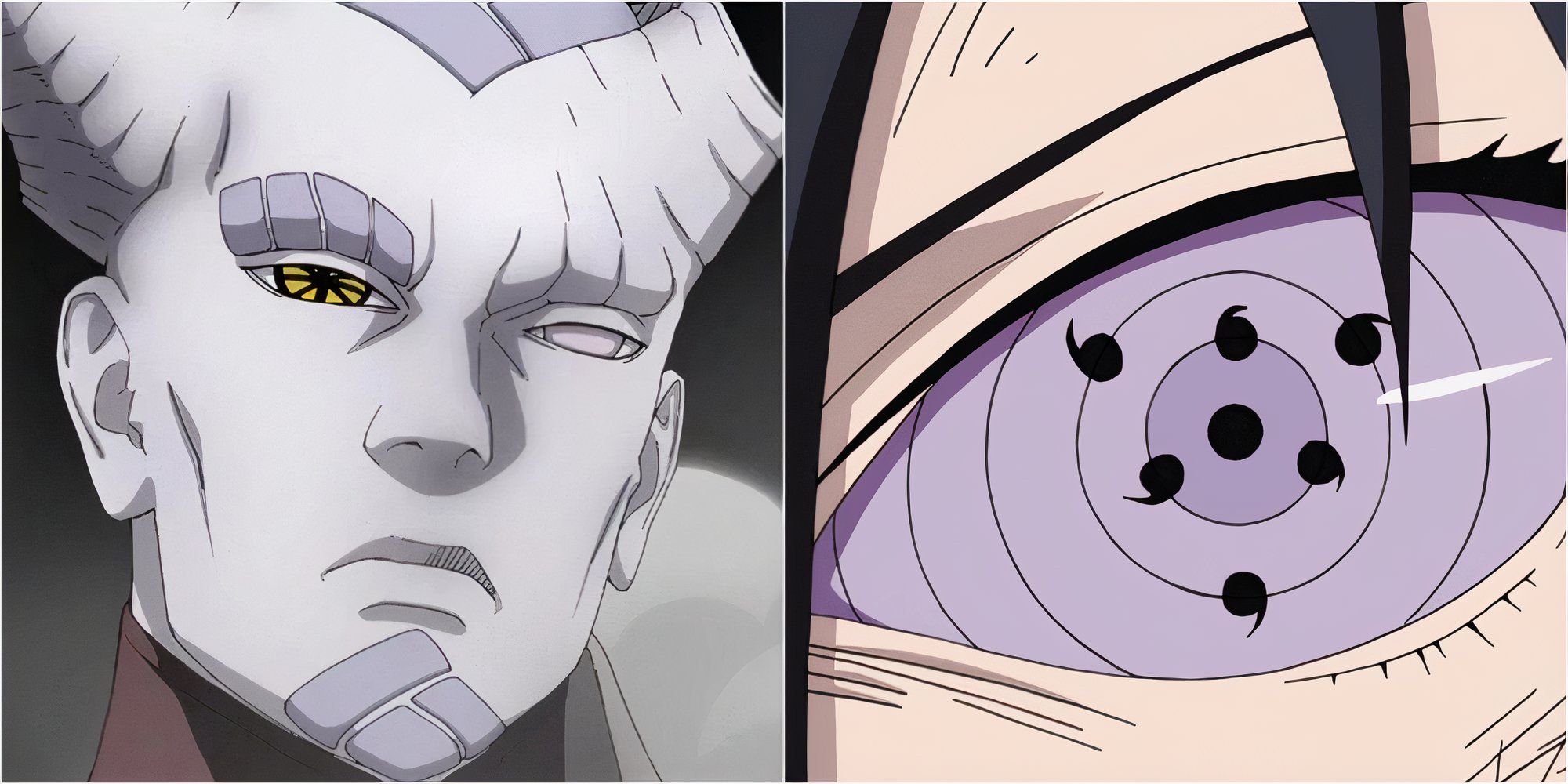
Related
Boruto: How Strong Is the Kokugan Compared to the Rinnegan?
The Kokugan has challenged the Rinnegan’s status quo. Here’s a look at how the two dojutsu compare.
What Is Prescience?
A Technique Derived From the Otsutsuki God
|
First Appearance |
Boruto: Two Blue Vortex, Chapter 13 “Ten Directions” |
|
Debut Date |
August 21, 2024 |
Prescience is one of the newest abilities to be introduced in the Boruto: Two Blue Vortex manga, and it is classified as a shinjutsu, a category of techniques that are derived from the Otsutsuki god, Shibai Otsutsuki. After Amado used Shibai Otsutsuki’s remains to implant his DNA into the Inners of Kara, a few members of the organization attained Shibai’s godly techniques.
Each of us Kara members who was given enhanced modifications by Amado received transplants of Shibai’s cells, in the hopes that we would manifest at least one of his many shinjutsu.
While it was initially believed that only Ada and Daemon had acquired these powers, it was later revealed that Koji Kashin had awakened his own Shinjutsu at the brink of death after being defeated by Jigen. Prescience, or Ten Directions, is a Shinjutsu that allows Koji to see a glimpse of the future. However, instead of merely seeing one possible future, Koji Kashin can see multiple possible timelines depending on the course of events that take place. Prescience is a truly godly power, as it allows the user to not only predict future events, but also change them altogether.
For instance, Koji initially foresaw a future where Naruto was killed by Isshiki, and the entire world was destroyed after he harvested the Chakra Fruit after feeding Boruto to the Ten-Tails. However, this future did not come to pass due to the change in events. Koji Kashin has also managed to use this technique to acquire knowledge of the future, in-turn cutting down years of training time for Boruto. Prescience is a truly godly technique, and its mythological influences further reflect this significance.
The Mythology Behind Prescience
A Technique Rooted in the Buddhist Ten Directions
While the Naruto franchise is known for drawing inspiration from indigenous mythologies, religions, and folklore, it’s clear that Buddhism has been the biggest source of inspiration for the series’ concepts, and Prescience is no different. Koji Kashin’s shinjutsu is directly rooted in the Buddhist concept of “Ten Directions,” a notion that describes the totality of the universe and how Buddhist teachings reach every corner of it.
The concept isn’t merely limited to metaphorical terms, as it quite literally describes a spatial structure that takes into account every single corner of the universe. The eight cardinal points used in modern navigation are also included in the Buddhist Ten Directions, meaning the concept is linked to current geospatial frameworks used to map the world. The Ten Directions also symbolize Buddha’s presence and the reach of his teachings that extend to all physical dimensions in the world. This also reflects all possible realms of existence that are mentioned within Buddhist Cosmology, such as the Six Paths of Buddhism, where beings are reincarnated based on their actions.
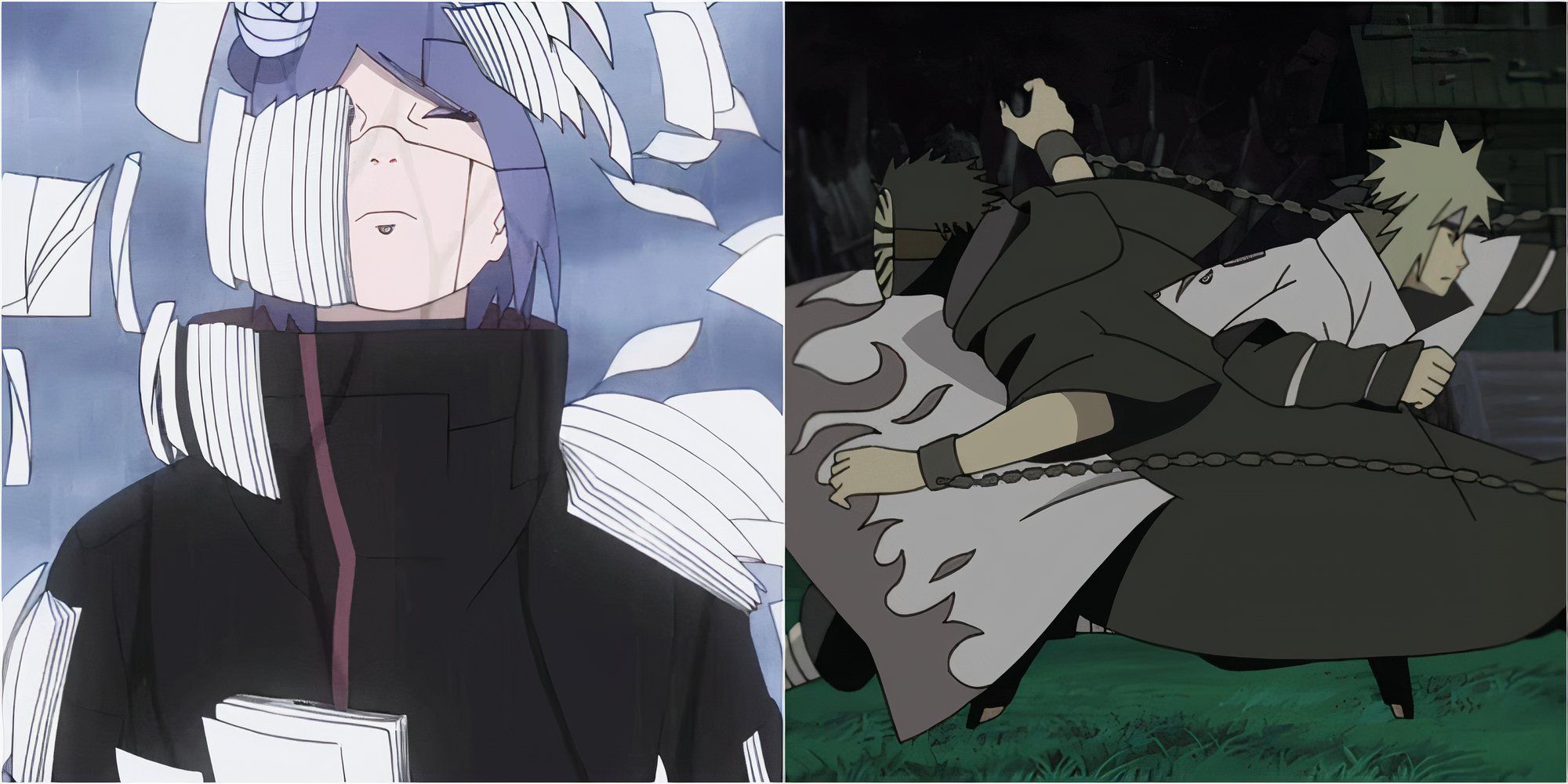
Related
Naruto: Every Character Immune to Taijutsu, Explained
Despite being unheard of, a select few characters are entirely immune to Taijutsu, giving them a significant edge in battle.
However, Ten Directions extend to the spiritual side of things as well, as it also refers to Bodhisattvas, or followers of Buddha, who have ingrained within themselves the teachings of the religion. On the other hand, some take the concept of Ten Directions in literal terms, who describe the concept as the Buddha’s light emanating to all directions around him.
How Koji Kashin’s Shinjutsu Symbolizes This Reference
Prescience’s Workings Reflect Its Mythology
Koji Kashin’s Prescience shinjutsu embodies the Buddha’s Ten Directions and all the right ways. Prescience allows Koji Kashin to look into every possible future outcome and timeline, and if one timeline were to be disturbed due to a change in events, Koji Kashin could simply witness a newly formed potential future. Since no future is out of reach and Koji Kashin has knowledge of every possible future timeline, the concept becomes akin to the Buddhist Ten Directions.
The ability to see all possible futures… Prescience.
The concept of the Ten Directions preaches that the teachings of Buddha and Buddhism reach every single corner of the universe, including all dimensions and the cosmos. Similarly, Koji Kashin’s Prescience allows him to predict every possible future, no matter how complex and intricate it may become due to altered events. In a way, the technique perfectly symbolizes its mythological roots, showcasing how the Boruto series incorporates mythology for a nuanced narrative.
Boruto is available to read via Viz Media.
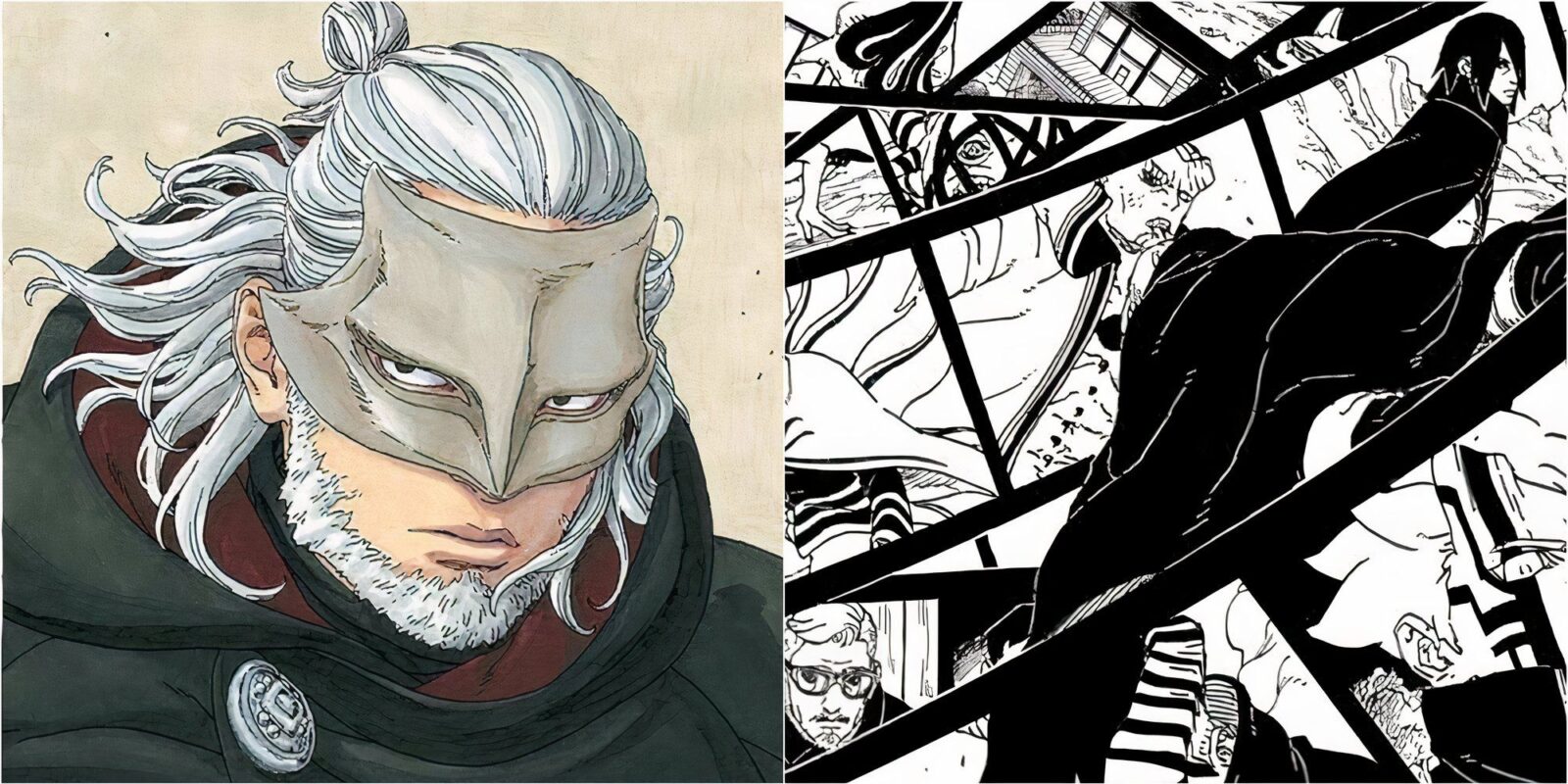
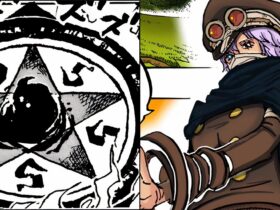
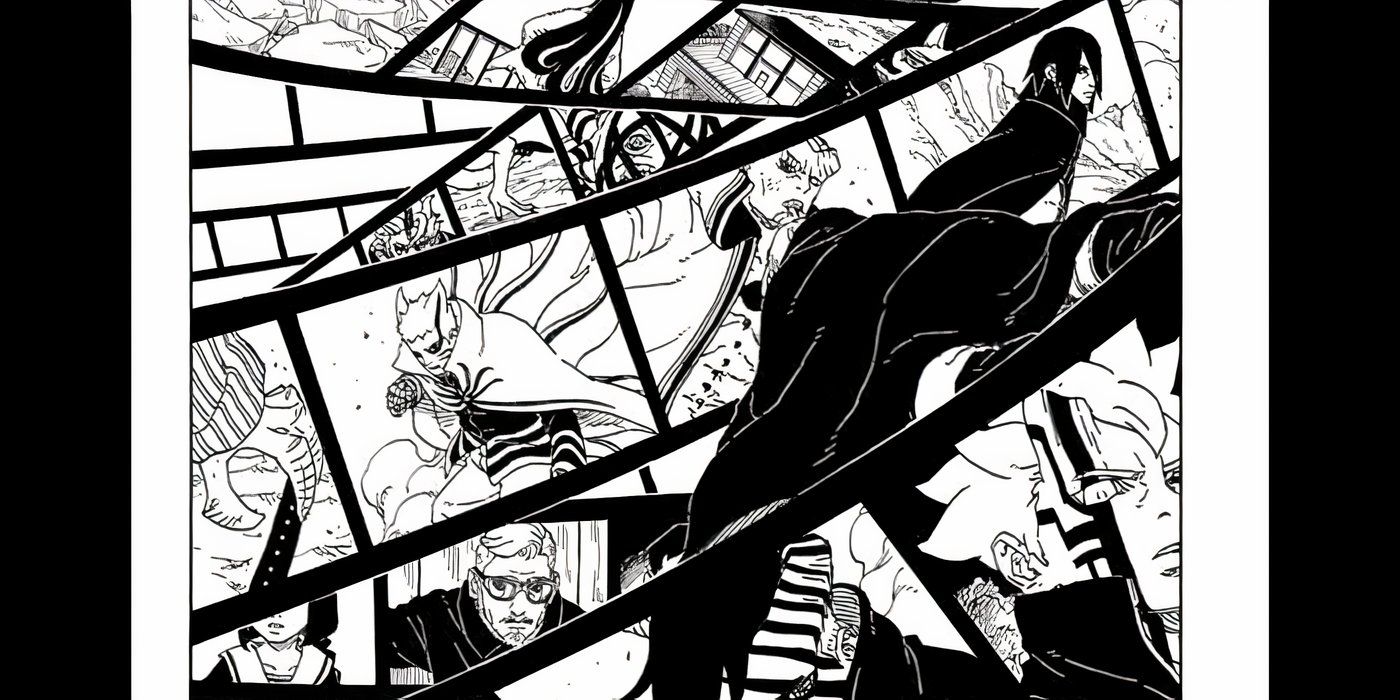
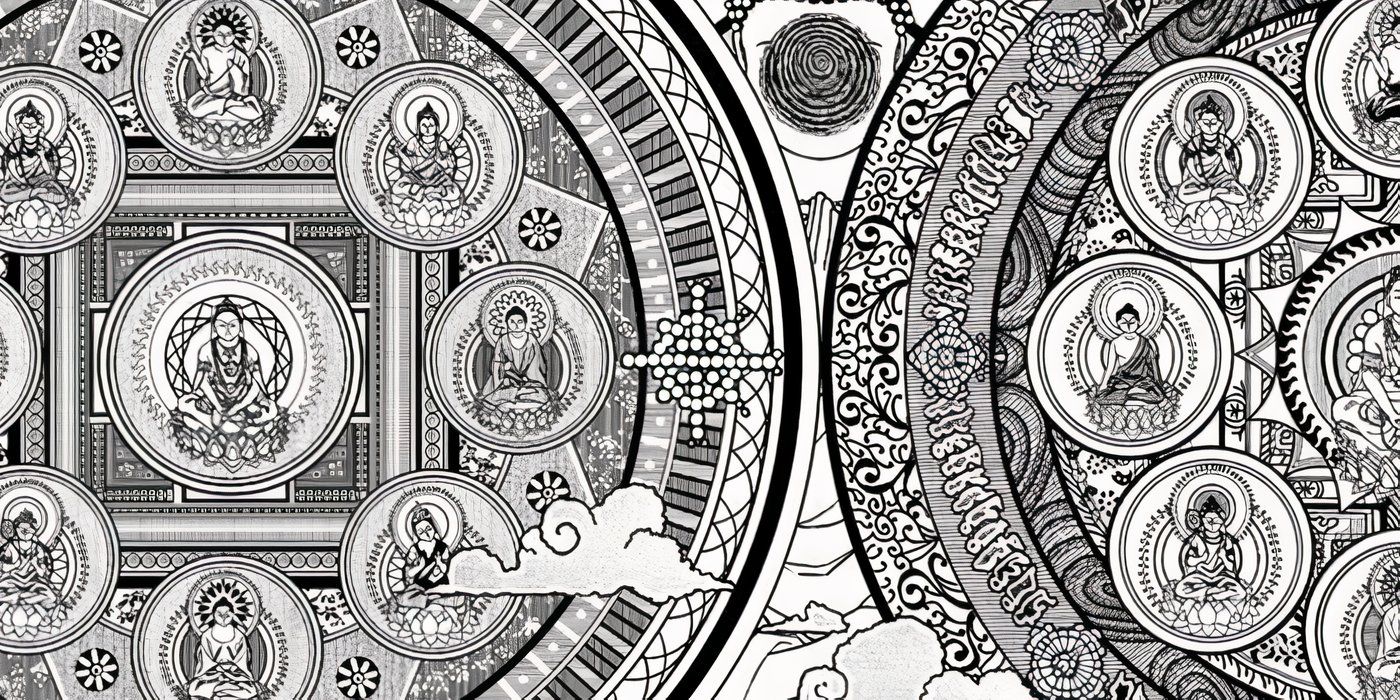
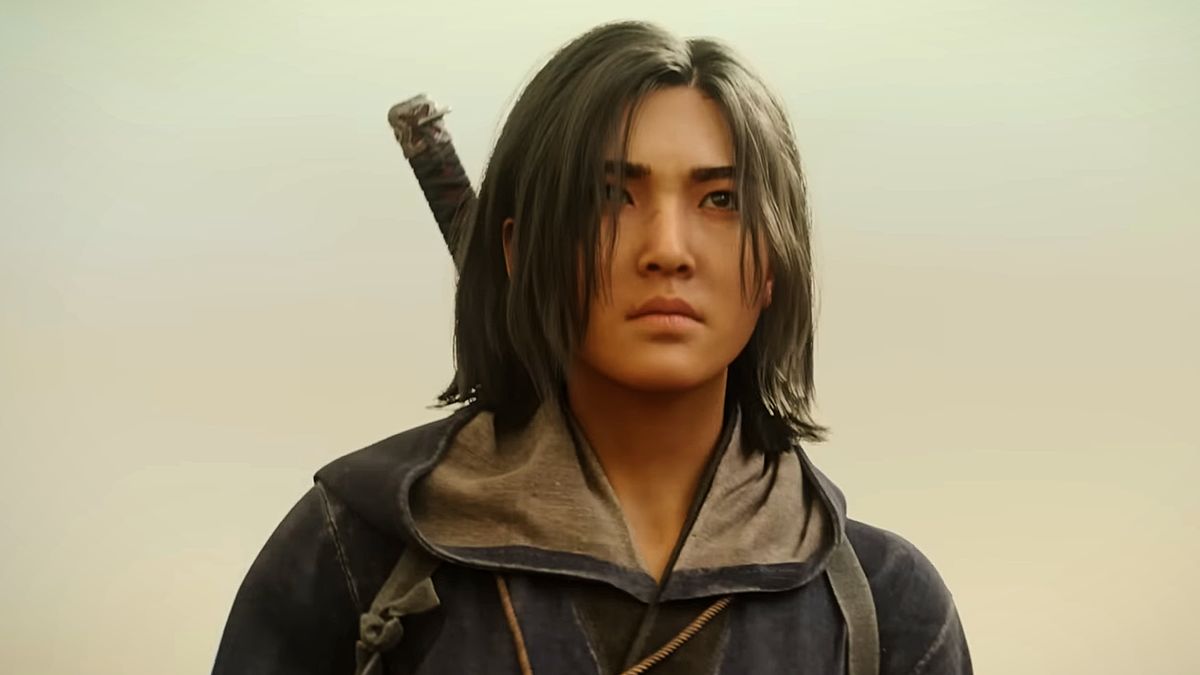



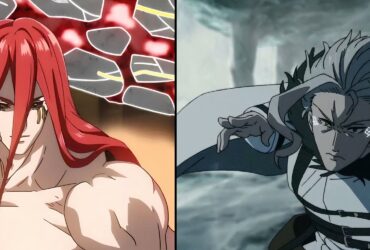
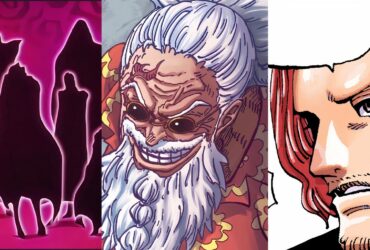

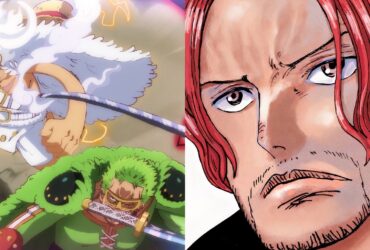


Leave a Reply